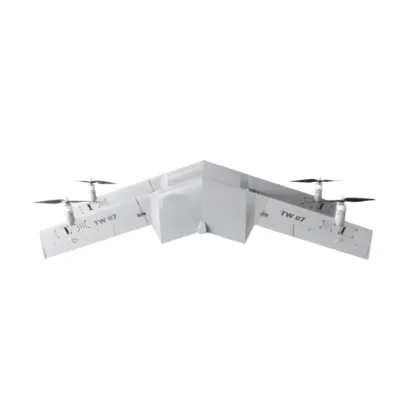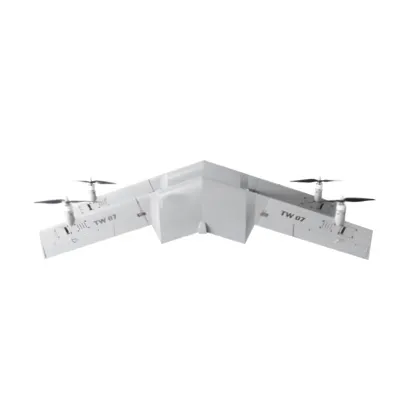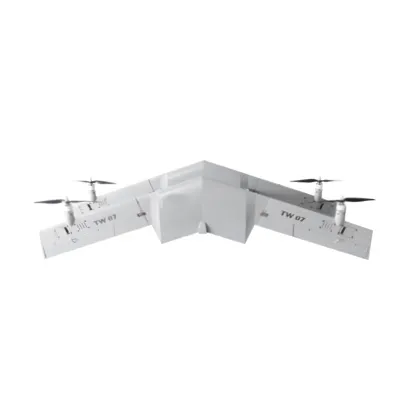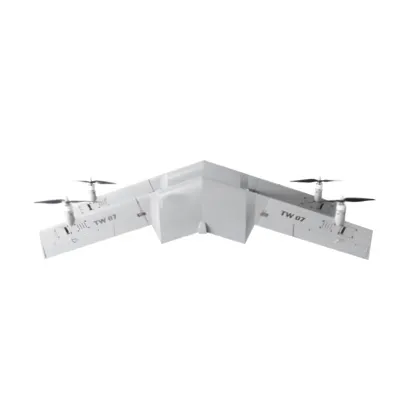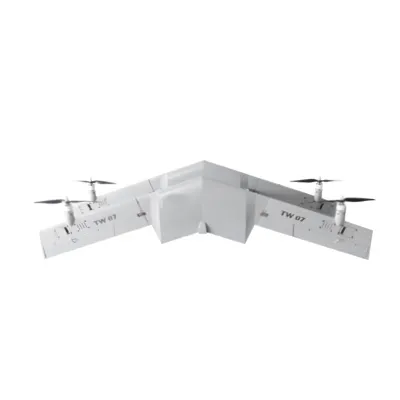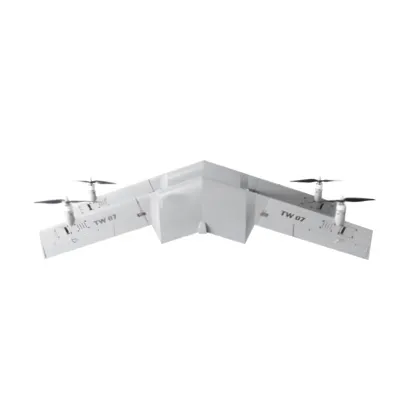
- Afrikaans
- Albanian
- Amharic
- Arabic
- Armenian
- Azerbaijani
- Basque
- Belarusian
- Bengali
- Bosnian
- Bulgarian
- Catalan
- Cebuano
- China
- Corsican
- Croatian
- Czech
- Danish
- Dutch
- English
- Esperanto
- Estonian
- Finnish
- French
- Frisian
- Galician
- Georgian
- German
- Greek
- Gujarati
- Haitian Creole
- hausa
- hawaiian
- Hebrew
- Hindi
- Miao
- Hungarian
- Icelandic
- igbo
- Indonesian
- irish
- Italian
- Japanese
- Javanese
- Kannada
- kazakh
- Khmer
- Rwandese
- Korean
- Kurdish
- Kyrgyz
- Lao
- Latin
- Latvian
- Lithuanian
- Luxembourgish
- Macedonian
- Malgashi
- Malay
- Malayalam
- Maltese
- Maori
- Marathi
- Mongolian
- Myanmar
- Nepali
- Norwegian
- Norwegian
- Occitan
- Pashto
- Persian
- Polish
- Portuguese
- Punjabi
- Romanian
- Russian
- Samoan
- Scottish Gaelic
- Serbian
- Sesotho
- Shona
- Sindhi
- Sinhala
- Slovak
- Slovenian
- Somali
- Spanish
- Sundanese
- Swahili
- Swedish
- Tagalog
- Tajik
- Tamil
- Tatar
- Telugu
- Thai
- Turkish
- Turkmen
- Ukrainian
- Urdu
- Uighur
- Uzbek
- Vietnamese
- Welsh
- Bantu
- Yiddish
- Yoruba
- Zulu
Exploring the Impact of Unmanned Aerial Vehicles in Modern Industries
The rise of unmanned aerial vehicles (UAVs), or drones, has been nothing short of revolutionary in many industries. These advanced machines are changing the way businesses operate by providing faster, more efficient, and more cost-effective solutions. From agriculture drones used in precision farming to aerial drones deployed for photography and surveillance, the versatility of UAVs has opened up a wide range of possibilities. This article will dive into the impact of various unmanned aerial vehicle types, including 4K drones, agri drones, and air drones, and explore how they are reshaping modern industries.
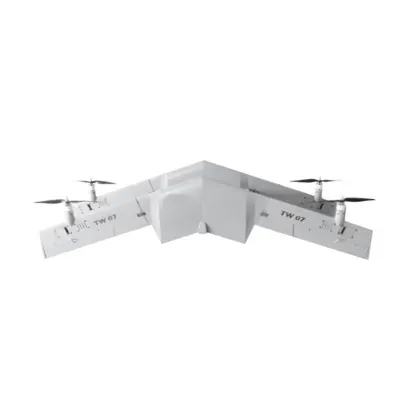
1. The Evolution of UAV Technology and Its Growing Influence
The development of unmanned aerial vehicles has seen rapid advancements in recent years. Early UAVs were primarily designed for military use, but as technology improved, their applications expanded into civilian and commercial sectors. Today, drones are used in a multitude of industries, including agriculture, logistics, film production, and even environmental monitoring.
One of the key factors driving the growth of UAVs is the improvement in camera technology. 4K drones are at the forefront of this innovation, providing ultra-high-definition imaging and video recording capabilities. These drones are equipped with sophisticated cameras and gimbals, allowing for incredibly smooth footage even in challenging flying conditions. For industries such as filmmaking and real estate, the ability to capture stunning aerial footage in 4K resolution has revolutionized the way they operate.
The increasing use of aerial drones for tasks such as surveillance, search and rescue, and monitoring remote locations has also gained significant attention. These drones are now capable of flying long distances, carrying heavy payloads, and operating in difficult weather conditions. In industries like agriculture, the precision and efficiency of agri drones have had a profound impact, helping farmers improve crop management and productivity.
2. The Role of Agriculture Drones in Modern Farming
The agricultural industry has experienced a significant transformation with the introduction of agriculture drones. These UAVs are equipped with specialized sensors, cameras, and GPS technology that help farmers monitor their crops more effectively. With agri drones, farmers can capture high-resolution images of their fields and identify issues such as crop diseases, irrigation problems, or pest infestations. This allows for quick and targeted action, ultimately saving time and money.
In addition to monitoring crop health, agriculture drones can be used for a variety of other purposes, such as soil analysis, seed planting, and even spraying fertilizers and pesticides. With the ability to cover large areas in a short amount of time, agri drones have revolutionized the way farmers approach land management. The use of UAVs also promotes sustainable farming practices, as farmers can apply resources more precisely, reducing waste and minimizing environmental impact.
One of the most significant advantages of agriculture drones is their ability to provide real-time data to farmers. This data can be used to make informed decisions about planting schedules, irrigation, and pesticide use, ultimately improving yields and reducing costs. With the growing adoption of agri drones, the future of farming looks increasingly efficient and sustainable.
3. 4K Drones: Enhancing Aerial Photography and Videography
The 4K drone has become a game-changer in the field of aerial photography and videography. With the ability to capture stunning 4K-resolution images and videos, these drones are used extensively in industries such as filmmaking, real estate, and event planning. Whether capturing a panoramic view of a city skyline or recording a high-energy sports event, 4K drones offer unparalleled image quality that traditional cameras simply cannot match.
One of the primary benefits of 4K drones is their ability to shoot high-definition video from unique perspectives. In the past, capturing aerial footage required expensive equipment such as helicopters or cranes, but with the advent of drones, this process has become much more accessible. Filmmakers, photographers, and content creators now have the ability to capture professional-grade footage without the need for costly production setups.
In addition to their exceptional video quality, 4K drones are equipped with advanced stabilization technology, which ensures smooth and stable footage even in challenging weather conditions. This makes them ideal for capturing footage in windy environments, at high altitudes, or during fast-moving events. The combination of high-quality imaging and stabilization features makes the 4K drone an indispensable tool for professionals in various industries.
4. The Growing Demand for UAVs in Surveillance and Security
Surveillance is another area where unmanned aerial vehicles have proven to be highly effective. Air drones are increasingly used for monitoring large areas, such as borders, airports, and industrial facilities. These drones can fly for long durations, providing real-time surveillance data to security personnel. With the ability to monitor remote or hard-to-reach locations, air drones help reduce the need for human patrols in dangerous or inaccessible areas.
Aerial drones are also being used for disaster response and recovery. In the aftermath of natural disasters such as earthquakes, floods, or wildfires, unmanned aerial vehicles can be deployed to survey affected areas, assess damage, and locate survivors. The ability of air drones to quickly gather aerial data helps first responders make faster and more informed decisions, potentially saving lives in critical situations.
Another important application of air drones is in environmental monitoring. UAVs equipped with specialized sensors can monitor air quality, track wildlife, and measure changes in ecosystems. For example, aerial drones are used to track deforestation, monitor the health of coral reefs, and measure the effects of climate change on various habitats. The ability to gather real-time environmental data is essential for conservation efforts and sustainable development.
5. The Future of Unmanned Aerial Vehicles
The future of unmanned aerial vehicles is incredibly bright, with continued advancements in technology paving the way for even more innovative uses. As UAVs become more affordable and accessible, their applications will continue to expand. The development of autonomous flight systems, improved battery life, and enhanced payload capabilities will allow unmanned aerial vehicles to perform even more complex tasks.
The integration of artificial intelligence (AI) and machine learning into aerial drones is another exciting development. These technologies will enable drones to process and analyze data in real-time, making them even more intelligent and capable. For example, agriculture drones equipped with AI could automatically detect crop diseases and recommend the best treatment options, saving farmers even more time and resources.
In the near future, unmanned aerial vehicles will likely play an even greater role in industries such as logistics, where drones could be used for delivering packages to customers in urban and rural areas. The continued innovation in aero quad drones and air drones will make this type of delivery service more efficient and cost-effective, transforming the logistics industry as we know it.
Conclusion: The Ongoing Evolution of UAV Technology
As unmanned aerial vehicles continue to evolve, their potential to revolutionize various industries becomes even clearer. From the precision and efficiency of agri drones in farming to the high-quality imaging of 4K drones in photography, UAVs are changing the way businesses and individuals operate. The growth of aerial drones in surveillance, environmental monitoring, and disaster response further illustrates their versatility and importance.
With continued advancements in technology, the future of unmanned aerial vehicles is poised to bring about even more exciting innovations. Whether it's the development of more intelligent systems, longer flight times, or the ability to carry heavier payloads, UAVs are set to play a significant role in shaping the future of many industries.
As businesses and governments embrace this technology, unmanned aerial vehicles will undoubtedly become an integral part of daily operations, offering solutions that were once thought impossible.






